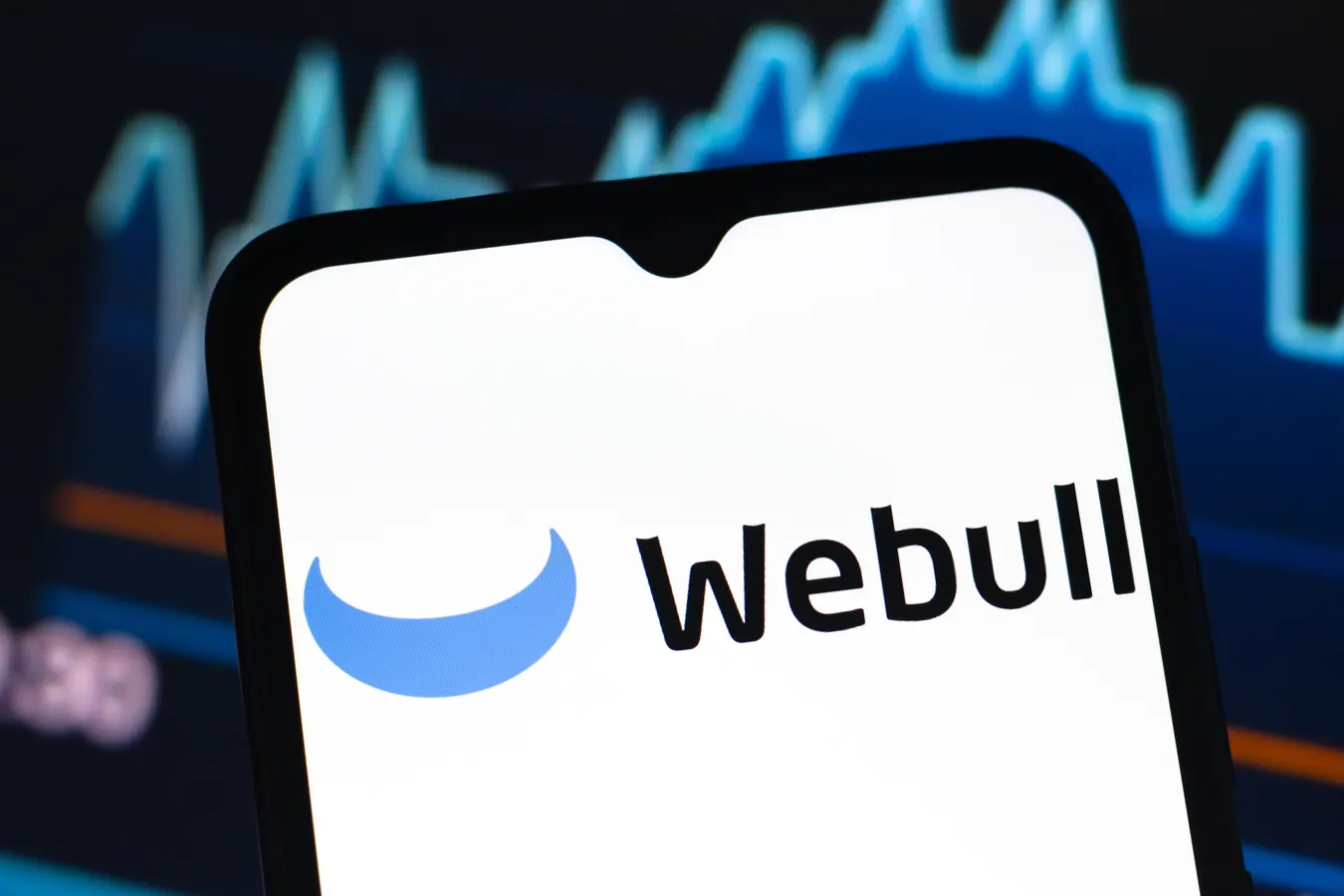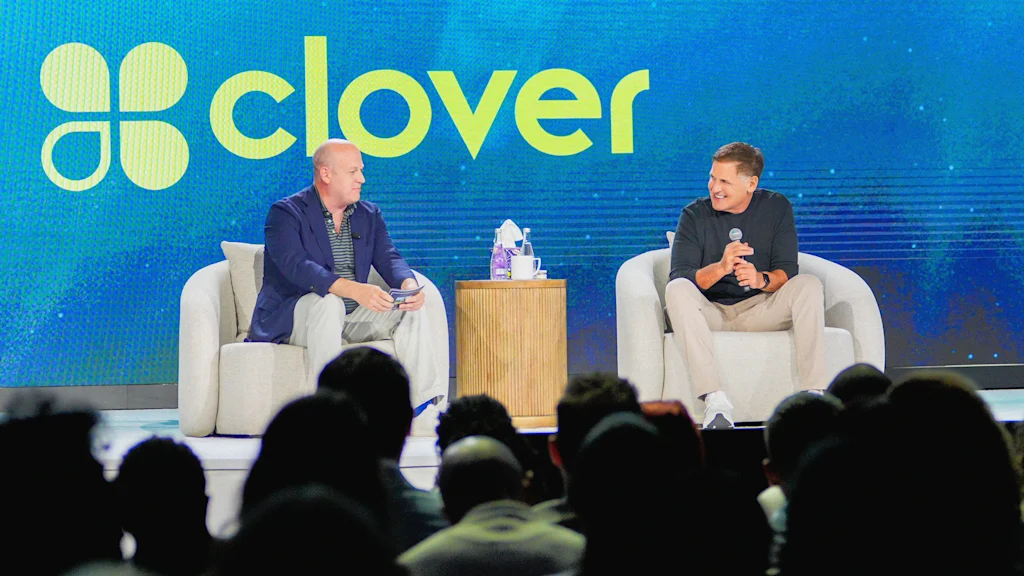By Contributor,Drew Bernstein,Thomas Fuller
Copyright forbes

Wall Street’s favorite scapegoat can be a vital source of new public companies
SPACs are back in a big way in 2025, with 91 new SPAC IPOs raising $16.5 billion so far, up threefold from 34 new SPACs that raised $5.3 billion in the same period last year. In fact, SPACs have accounted for 37% of all new U.S. IPOs this year, according to Renaissance Capital.
Not everyone is equally enthused about the comeback. An article in the New York Times cautioned: “Celebrity endorsements, companies with no clear plans, investors left feeling burned: The pandemic-era boom in risky investments called SPACs was an investment craze many would surely like to forget.”
If SPACs are so risky, why are they suddenly gaining popularity again among sophisticated investors?
SPACs, or special purpose acquisition companies, are broadly misunderstood by the media, regulators, and many average investors. Neither inherently good nor bad, SPACs can play a vital role in revitalizing the American public markets, which have been shrinking for several decades now.
How Risky Are SPACs?
The boom in SPAC issuance has been fueled by the fact that these IPOs are one of the least risky equity investments a fund manager can make in a period of high uncertainty. Whereas traditional IPOs provide management with substantial discretion on how to invest the capital they raise from investors, SPACs are contractually bound to invest only low-risk government securities such as treasury bills. Moreover, they can’t touch these funds to pay for their operating expenses.
A SPAC management team has typically two years to find, negotiate terms, and close a deal with a private company that they believe has high potential to be successful in the public markets. However, investors retain the option to receive their investment and accumulated interest back after studying a detailed registration statement that has been reviewed by the SEC. If shareholders believe the deal is a clunker, they have a full money-back guarantee with no questions asked.
Vik Mittal, managing member at Meteora Capital, which has been an active investor in many SPACs and sponsored SPACs of its own, explained the appeal: “The pre-business combination SPAC is a low-risk, option-oriented strategy where you generate a T-bill plus type yield, and you can get equity optionality through announcing a good transaction that the market receives well.”
MORE FOR YOU
Of course, if the SPAC management selects a private company that is of low quality or assigns an unrealistic valuation, then investors who choose to hold onto their shares are likely to lose money. Recently, investors seem to be discerning in making such calls, with redemptions running at 95% or higher for many deals deemed to be of low quality.
Unlike an IPO, investors can monitor the share price until the redemption date. If the share price doesn’t rise above the value of the cash in trust, it’s a strong signal that the market doesn’t see value in the deal.
CANADA – 2025/04/16: In this photo illustration, the Webull Corporation logo is seen displayed on a smartphone screen. (Photo Illustration by Thomas Fuller/SOPA Images/LightRocket via Getty Images)
SOPA Images/LightRocket via Getty Images
What’s driving SPACs’ comeback?
Kristi Marvin, founder of SPACInsider.com, believes that the revival of SPAC IPOs has been driven by the return of serial SPAC sponsors who have had some measure of past success.
During the boom years of 2020 and 2021, “SPAC IPOs looked easy from the outside. We saw a lot of first-time teams come to the market. When things got challenging, they all ran into trouble. Because they hadn’t been battle-tested,” she said.
By way of contrast, she points to Betsy Cohen, who closed a deal in August to take Ukraine’s largest mobile operator, Kyivstar Group (NASDAQ: KYIV), public through a SPAC merger, raising $178 million. Kyivstar is an example of a company that, despite having a commanding market position and strong profit margins, probably could not have gone public through a traditional IPO due to geopolitical risks. However, should the war in Ukraine come to an end, it could pay off handsomely for investors.
Marvin points out that while SPAC sponsors can receive an equity stake in the new public company, they also have substantial capital at risk if they fail to find a good deal. “If you take a $300 million SPAC IPO, sponsors are putting fully at risk $11 to 12 million, which gets evaporated in the event of a liquidation,” she noted.
Brandon Sun, Managing Director at Cohen & Co., one of the leading investment banks for SPACs, is optimistic that there will be higher-quality merger deals, or de-SPACs, this time around.
“Teams are simply a lot more laser-focused in getting a deal done,” he observed. “You had a lot of ‘tourists’ in the space back in 2020, with many first-time SPAC sponsors mesmerized by the sponsor economics and propelled forward by a community of non-discerning at-risk investors.”
He pointed to Webull (NASDAQ: BULL) as a company that had been preparing for several years for a traditional IPO, only to be advised to defer the offering because market conditions were not perfect. Eventually, the company decided to “take destiny into their own hands” and went public through a merger with the SK Growth Opportunities SPAC in April of 2025. The Company has since posted strong growth and continues to trade above the SPAC offer price.
Another company Sun believes illustrates the advantages of a SPAC structure is USA Rare Earth (NASDAQ: USAR), which used a SPAC to enter the public markets when China’s dominance of the rare earths industry was a flash point in geopolitical tensions.
“They were able to see a market window open and capitalize on the opportunity, which is critical. USAR happened to go public at the ideal time, benefiting from the recent ‘America first’ wave in the public markets as well as the government and strategic support,” he said, noting that the stock continues to trade above $14 today.
Why Should SPACs Exist?
The best argument in favor of SPACs is that they provide an infusion of fresh blood into America’s anemic IPO market.
The number of U.S. public companies has continued to decline from a peak of 7,300 in 1997 to about 4,000 today. Increasingly, successful private companies are gobbled up by larger competitors rather than launching an IPO. This trend translates to fewer companies betting on innovation, fewer companies growing their workforce, and fewer choices for investors. During the 1990s, there were routinely 400 to 500 new IPOs every year; in 2024, there were only 150 IPOs, excluding SPACs.
Doug Ellenoff, whose law firm is one of the top advisors to SPAC IPOs, believes that SPACs have lost some of their negative connotations and are finally coming of age.
“While IPOs remain the traditionally accepted route to our public markets, given the limited number of underwriters that conduct IPOs, SPACs satisfied a definite need for the many thousands of attractive private companies that still would like to access our public markets,” he said.
While large investment banks tend to focus on the largest private companies in sectors that clearly match up with investing trends, SPAC teams have an incentive to seek out quirky, overlooked names that don’t neatly fit into familiar categories.
Vik Mittal is cautiously optimistic that the latest crop of SPAC managers will do a better job of selecting targets that are better prepared to brave the rigors of the public markets.
“We think there’s enough pent-up capital in the private markets that need an exit liquidity option and that SPACs are a good fit for that,” he said. Today, there are 11,500 private-equity-backed companies in the U.S. alone, and many PE funds have struggled to find timely exits in recent years.
According to Mittal, two of the main factors that investors should consider when evaluating a SPAC merger deal are the track record of the SPAC managers and whether the company has been able to raise significant outside capital from institutional or strategic investors on equal terms with the public shareholders.
“Our view is that 10% to 20% of the sponsors do deals that are high quality or quality that can attract institutional PIPE capital,” Mittal said. “The odds are skewed more in favor of sponsors to do good deals by virtue of the fact that there’s a lot of serial sponsors that have come back to market in this cycle.”
Kristi Marvin noted that selectivity is critical when investing in a SPAC merger, or de-SPAC.
“The IPO part of the SPAC transaction is easy. The de-SPAC is hard,” she said. “You’re obviously not going to invest your entire fund in de-SPACs. But if you can select one or two that you think have a shot, like Joby Aviation (NYSE: JOBY) or Archer Aviation (NYSE: ACHR)… one of those EVOTL companies is going to be the Tesla of the 2030s with flying cars.”
While those companies are trading well today, it’s worth noting that both of their share prices struggled for several years after the initial enthusiasm of the SPAC merger wore off.
So, is the renewed enthusiasm for SPACs simply an “investment craze?”
If SPAC sponsors can source, value, and finance neglected, high-quality companies that the IPO market has overlooked, and if investors continue to be discerning in evaluating these names, SPACs might be just the right medicine to revive America’s public markets.
Editorial StandardsReprints & Permissions



